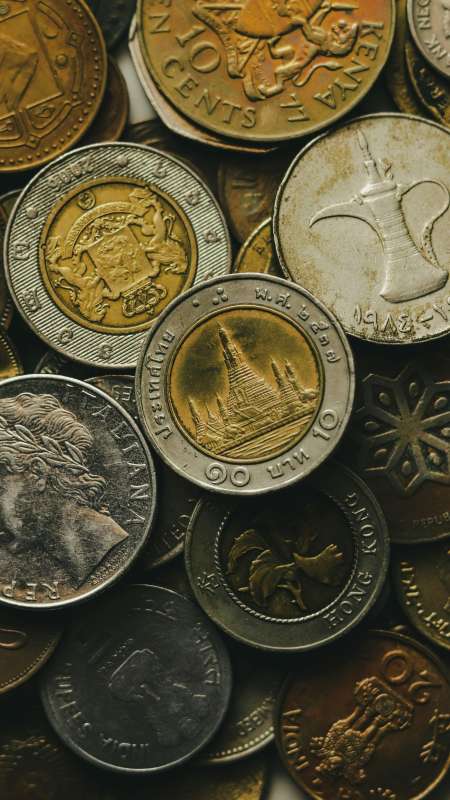The U.S. Dollar as the Global Reserve Currency: Is a Shift to the Euro Underway?
Published on: May 3, 2025
Introduction
The U.S. dollar has long held the position of the world's primary reserve currency, a status that has conferred significant economic and political advantages to the United States. However, recent global economic shifts and policy decisions have sparked discussions about the potential for the euro to assume a more prominent role in international reserves. This article delves into the factors influencing the dollar's dominance and the euro's prospects as a global reserve currency.
The U.S. Dollar's Historical Dominance
Since the Bretton Woods Agreement in 1944, the U.S. dollar has been the cornerstone of global finance. Its stability, liquidity, and the depth of U.S. financial markets have made it the preferred currency for international trade and reserves. As of early 2025, the dollar accounts for approximately 60% of global foreign exchange reserves. However, this share has been gradually declining as central banks diversify their holdings.
Factors Undermining the Dollar's Position
- Fiscal Policies: The U.S. has faced increasing scrutiny over its fiscal policies, with concerns about rising debt levels and political interference in monetary policy decisions.
- Trade Policies: Protectionist trade measures and tariffs have led to volatility in global markets, prompting some countries to seek alternatives to the dollar.
- Monetary Policy: Divergent monetary policies and interest rate adjustments have influenced currency valuations and investor confidence.
The Euro's Potential as a Reserve Currency
The euro, introduced in 1999, has steadily gained traction as a reserve currency. Currently, it comprises about 20% of global foreign exchange reserves. Several factors contribute to its potential rise:
- Economic Integration: The eurozone represents a significant portion of global GDP, with integrated financial markets and institutions.
- Stability: The European Central Bank's commitment to price stability and fiscal discipline enhances the euro's appeal.
- Digital Initiatives: The development of a digital euro could modernize payment systems and increase the currency's global usage.
Challenges Facing the Euro
Despite its advantages, the euro faces obstacles in becoming the dominant reserve currency:
- Political Fragmentation: Diverse economic policies among member states can lead to inconsistencies in fiscal and monetary approaches.
- Structural Issues: The absence of a unified fiscal authority limits the eurozone's ability to respond cohesively to economic shocks.
- Market Depth: Compared to U.S. financial markets, the eurozone's markets are less deep and liquid, affecting the euro's attractiveness.
The Role of the Chinese Yuan
The Chinese yuan has also emerged as a contender in the global reserve currency landscape. China's efforts to internationalize the yuan include:
- Trade Agreements: Bilateral agreements promoting yuan-denominated trade settlements.
- Financial Reforms: Steps toward liberalizing capital markets and enhancing transparency.
- Digital Currency: The introduction of the digital yuan aims to facilitate cross-border transactions and reduce reliance on the dollar.
However, capital controls and limited currency convertibility remain significant barriers to the yuan's widespread adoption as a reserve currency.
Central Bank Diversification Strategies
In response to global economic uncertainties, central banks are diversifying their reserve holdings:
- Alternative Currencies: Increased allocations to currencies like the euro, yen, and Swiss franc.
- Gold Reserves: A renewed interest in gold as a hedge against currency volatility and inflation.
- Digital Assets: Exploration of central bank digital currencies (CBDCs) to modernize payment systems and reduce dependence on traditional reserve currencies.
Conclusion
While the U.S. dollar remains the predominant global reserve currency, its dominance is being gradually challenged by the euro and, to a lesser extent, the Chinese yuan. The euro's potential ascent depends on the eurozone's ability to address structural and political challenges, while the yuan's rise is contingent upon significant financial reforms. The evolving dynamics suggest a future with a more multipolar reserve currency system, reflecting the shifting contours of the global economy.










